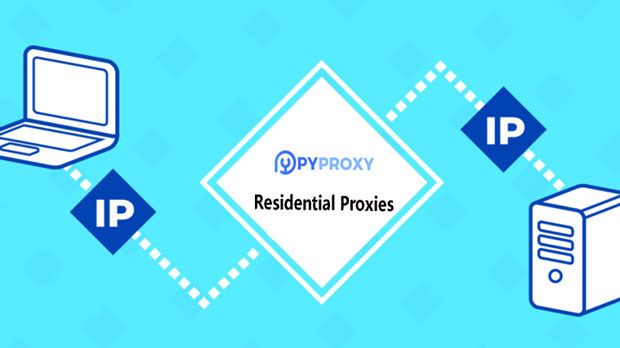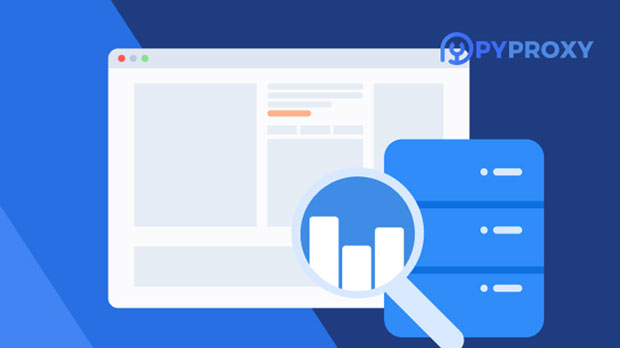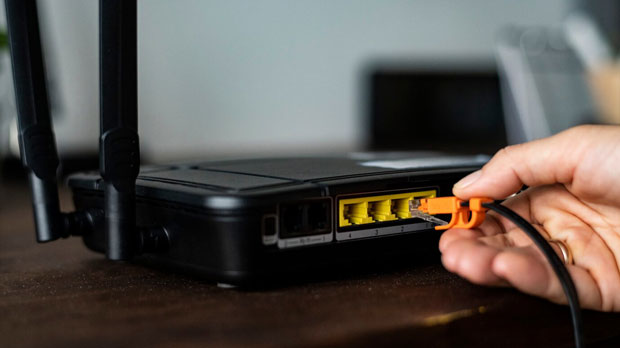How do I assess the quality of a proxy IP provider?
When it comes to selecting a reliable proxy ip provider, many factors need to be considered to ensure the service meets your needs. A proxy IP provider serves as an intermediary between the user and the internet, allowing for greater security, anonymity, and bypassing of geographic restrictions. However, not all providers offer the same level of service. Evaluating the quality of a provider involves assessing various critical factors such as speed, reliability, security, pricing, customer support, and the geographical coverage of the proxy servers. In this article, we will explore these essential criteria to guide you in making an informed decision. Key Factors to Consider When Evaluating Proxy IP ProvidersWhen evaluating a proxy IP provider, it’s crucial to understand the specific needs of your business or personal use case. Different users may prioritize different factors such as speed, security, or support. Therefore, the following sections will break down the essential factors you should consider before making a choice.1. Speed and PerformanceOne of the most important aspects to assess is the speed and overall performance of the proxy service. Slow proxies can have a negative impact on your internet browsing, data scraping, or other business processes, especially if you require high volume or real-time access to websites. Speed can be influenced by various factors such as server location, network infrastructure, and the number of users sharing the same proxy.To evaluate speed, it is advisable to test the proxy’s latency and download/upload speeds in real-world conditions. Many providers offer trial periods or demo accounts that allow you to test their proxies before committing to a long-term plan. Ensure that the provider guarantees fast connection speeds, particularly during peak times, and offers multiple server locations to maintain optimal speed.2. Reliability and UptimeReliability is critical for any proxy IP provider, especially for businesses that rely on uninterrupted service. A proxy provider’s uptime is a direct indicator of the stability and reliability of its infrastructure. Ideally, a good provider should guarantee a high uptime percentage, such as 99.9% or more, which ensures that the proxy servers are accessible whenever you need them.To gauge the provider’s reliability, check if they offer monitoring tools or alerts for service interruptions. Look for reviews or testimonials from users who have experienced the service over a longer period. If possible, assess the provider’s historical uptime record to determine how often outages occur and how quickly they are resolved.3. Security and AnonymitySecurity is another key consideration when evaluating proxy IP providers. The primary reason many users opt for proxies is to protect their privacy and maintain anonymity online. A high-quality provider should offer secure proxy types such as HTTPS or SOCKS5, which encrypt data and ensure that your traffic is protected from interception.Moreover, the provider should have strict policies in place to protect user data. They should not log your browsing activity, ensuring that you are not exposed to any potential data breaches or privacy concerns. Always review the provider’s privacy policy and ensure they do not store or misuse user information.4. Geo-Location and Proxy TypesThe geographical location of proxy servers plays a significant role in determining the type of content you can access. Some websites or services are only available in certain countries, and a good proxy provider should offer a wide variety of IP addresses spread across multiple countries to provide greater access to geo-restricted content.It’s important to assess the range of proxy types available, such as residential proxies, datacenter proxies, and mobile proxies. Residential proxies, for example, are ideal for bypassing geographical restrictions and mimicking real user traffic, which is useful for web scraping and ad verification. On the other hand, datacenter proxies might be more suitable for high-speed, low-cost access for basic browsing.5. Customer Support and ServiceStrong customer support is essential for resolving issues quickly and efficiently. Whether you encounter technical difficulties, service interruptions, or billing issues, a responsive support team can make a significant difference. Look for providers that offer multiple channels of communication, such as email, live chat, or phone support.Ideally, customer support should be available 24/7 and respond promptly to inquiries. Check online reviews for feedback on the provider's customer service. It’s also useful to assess the support knowledge base and whether the provider offers tutorials or documentation to help you set up and manage your proxy connections.6. Pricing StructurePricing is a fundamental factor in choosing a proxy provider. While you may be tempted to go with the cheapest option available, it’s essential to strike a balance between cost and quality. Low-cost proxies may come with limitations, such as slower speeds, fewer server locations, or poor customer support.Look for a provider that offers flexible pricing plans based on your specific needs. Some providers charge based on bandwidth usage, while others may offer a flat monthly rate. Evaluate whether the pricing structure suits your usage patterns, and ensure there are no hidden fees or restrictions that could affect the overall value of the service.7. Transparency and ReputationA reputable proxy provider will be transparent about its services, pricing, and policies. It should be easy to find clear and accurate information about their offerings, and they should not engage in misleading marketing tactics. Transparency about network infrastructure, security protocols, and data handling practices is crucial for building trust with users.Furthermore, it is important to research the provider’s reputation. Online forums, review sites, and social media can offer insights into the experiences of other users. Look for feedback about their service quality, customer support, and any recurring issues that might indicate problems.8. Trial Periods and Money-Back GuaranteeA reliable proxy provider should offer trial periods or money-back guarantees to give you the chance to test the service before committing to a long-term contract. This ensures that you can evaluate the provider’s performance, speed, and reliability firsthand without any financial risk. Always read the fine print of the terms and conditions regarding trial periods and refunds to ensure a hassle-free experience.Conclusion: Making the Right ChoiceChoosing a proxy IP provider requires careful consideration of multiple factors. To make an informed decision, you should evaluate speed, reliability, security, geo-location coverage, customer support, and pricing. It’s also important to consider transparency, reputation, and the availability of trial periods. By doing your due diligence, you can ensure that the provider you select aligns with your specific requirements and offers high-quality service. Ultimately, the best provider will offer a combination of strong performance, excellent support, and reliable security that meets both your budget and usage needs.
2025-02-01
























































